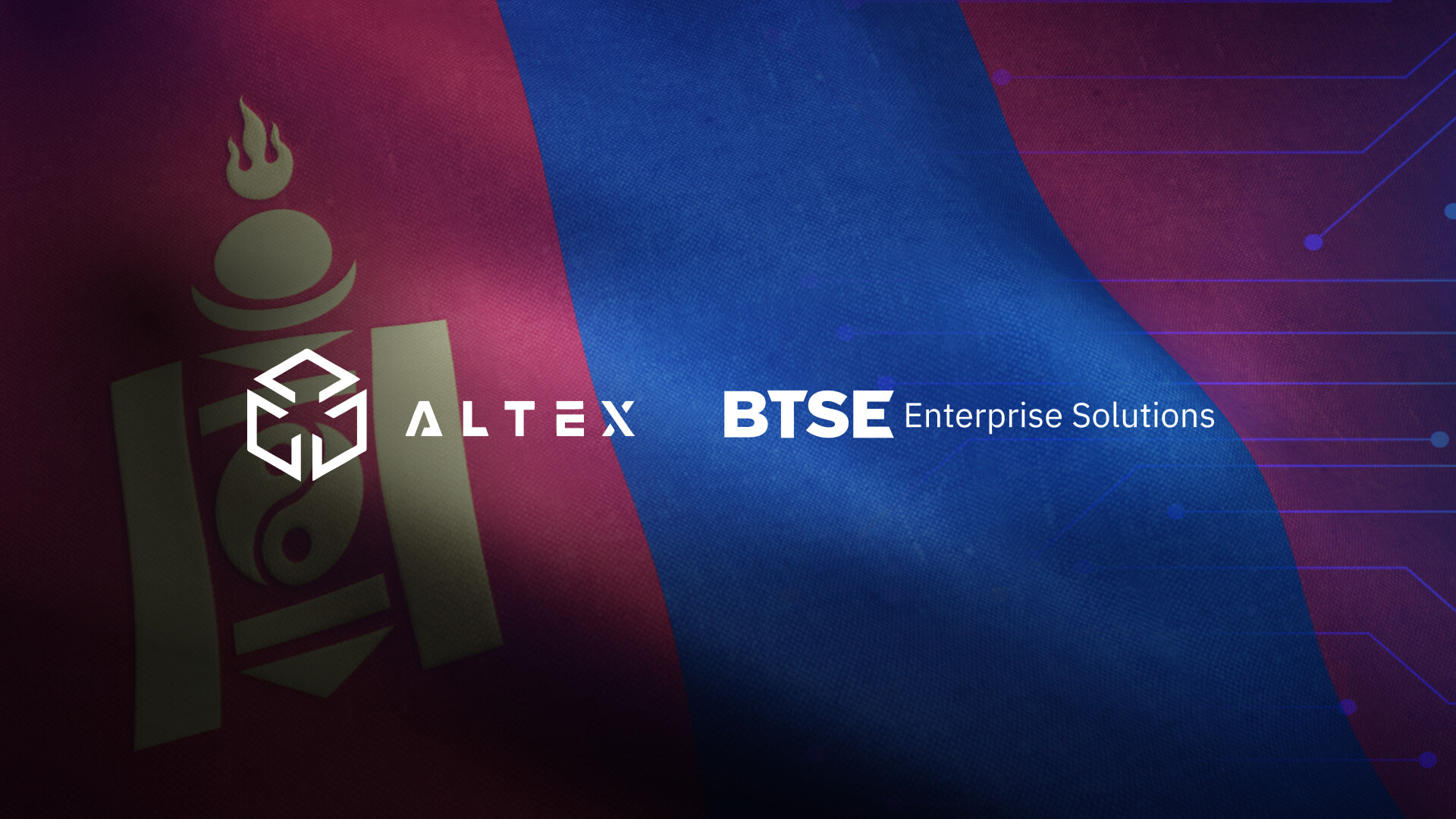18 5 月, 2023
Blockchain Technology Explained: Applications and Impact

| Section | Description |
|---|---|
| Introduction to Blockchain | Explaining the basic principles of blockchain technology. |
| Decentralization | Understanding the concept of decentralization in blockchain. |
| Types of Blockchains | Overview of public, private, and permissioned blockchains. |
| Hash Encryption | The role of cryptography in securing blockchain data. |
| Consensus Mechanisms | Discussion of Proof of Work and mining in blockchain. |
| Blockchain Variations | Exploring private, permissioned, and hybrid blockchain models. |
| Smart Contracts | Automating processes with smart contracts in blockchain. |
| Future of Blockchain | Speculating on the transformative potential of blockchain technology. |
| Conclusion | Summarizing the significance and future outlook of blockchain technology. |
Blockchain Technology Simplified Explanation
Imagine blockchain technology as a digital ledger or a spreadsheet that is duplicated and distributed across a network of computers (referred to as nodes). This technology operates on the principles of decentralization, transparency, and immutability. In essence, a blockchain is a chain of blocks containing information, and once data is recorded in a block, it is extremely difficult to alter it, adding a layer of security and trust to digital transactions.
Dissecting the Anatomy of Blockchain
Each block in a blockchain contains data, the hash of the block, and the hash of the previous block. This chain of hashes is what keeps the blockchain secure. If someone attempts to tamper with the information in a block, the hash changes, but the next block still contains the old hash, highlighting the discrepancy and making the alteration evident. This structure makes it nearly impossible to alter past transactions, ensuring the integrity of data stored on a blockchain.
Decentralization: The Core of Blockchain Technology
A key characteristic of blockchain technology is its decentralization. Unlike traditional centralized systems where a single entity has control, blockchain’s distributed network operates on a consensus mechanism where all participants must agree to validate a transaction. This nature of blockchain fosters transparency, as any changes made to the blockchain can be tracked and viewed by all participants.
Types of Blockchains: Understanding the Variations
Blockchain comes in different forms, each serving unique needs and offering a distinct level of access and control. The three main types are Public, Private, and Permissioned blockchains.
Public Blockchains
Public blockchains are open-source, meaning anyone can participate and contribute to the ledger. Bitcoin and Ethereum are prime examples of public blockchains, where all transactions are public, and participants remain anonymous.
Private Blockchains
Contrary to public blockchains, private blockchains are controlled by a single organization. They offer higher efficiency and privacy but at the expense of decentralization.
Permissioned Blockchains
A permissioned blockchain, or a hybrid blockchain, balances the benefits of public and private blockchains. They are semi-decentralized and allow controlled access to the ledger. These blockchains are useful in regulated industries where some level of privacy and control is necessary.
Hash Encryption: The Pillar of Security in Blockchain
Cryptography plays a pivotal role in securing data on a blockchain. Hash encryption, a form of cryptography, turns transaction data into a string of characters, making it nearly impossible to decode the information. This ensures that the data on the blockchain remains secure and tamper-proof.
Proof of Work: Ensuring Consensus in Blockchain
Blockchain transactions are validated using consensus mechanisms. The most common method, especially in public blockchains, is Proof of Work (PoW). In PoW, miners solve complex mathematical problems to add a new block to the blockchain. While this mechanism provides high security, it can be resource-intensive.
Mining: The Backbone of Blockchain Transaction Validation
Speaking of Proof of Work brings us to the concept of mining. Mining is the process by which new blocks of transactions are added to the blockchain. Miners compete to solve complex problems, and the first to solve it gets the opportunity to add the new block and earn a reward, usually in the form of cryptocurrency.
Exploring Other Blockchain Variations
As blockchain technology continues to evolve, variations such as private, permissioned, and hybrid blockchains are gaining traction.
Private and Permissioned Blockchains
While public blockchains are completely decentralized, private and permissioned blockchains introduce a level of control and restriction. Private blockchains, as the name suggests, are privately controlled by a single organization. These provide a higher level of privacy and efficiency, ideal for internal corporate use-cases. Permissioned blockchains, on the other hand, offer a middle-ground. They operate under a governance model that grants specific rights to different types of users.
Hybrid Blockchains
Hybrid blockchains blend the features of both public and private blockchains. They allow businesses to share certain information with the public while keeping some details private. This approach is particularly useful for businesses that require transparency but need to protect sensitive data.
Blockchain: Beyond Digital Currency
While blockchain gained popularity through digital currencies like Bitcoin, it’s much more than just a platform for digital currencies. It has the potential to revolutionize various sectors including finance, supply chain, healthcare, and more.
For instance, the use of smart contracts in blockchain technology can automate and streamline complex processes in sectors like real estate and legal services. A smart contract is a self-executing contract with the terms of the agreement directly written into code.
The secure and decentralized nature of blockchain technology also makes it ideal for applications in supply chain management, as it can provide a transparent and tamper-proof record of product movement from origin to consumer.
The Future of Blockchain Technology: A Revolutionary Landscape
Looking to the future, blockchain technology carries the promise of transformative change across industries. As we uncover the endless possibilities of this technology, a revolution appears imminent. From secure digital wallets for seamless cryptocurrency transactions to efficient payment gateways, blockchain is set to usher in an era of increased transparency, security, and efficiency.
Conclusion: Unleashing the Potential of Blockchain Technology
There’s no denying that blockchain technology has already made a significant impact on how we approach data and transactions. While it may seem complex at first, understanding the principles and mechanics behind blockchain reveals an elegant and powerful system with the potential to reshape countless areas of our lives and work.
In essence, blockchain is more than just a buzzword; it’s a new way of approaching information exchange that prizes transparency, decentralization, and security above all else. As we continue to explore its potential, one thing is clear: blockchain is here to stay, and its influence will continue to expand in the years to come.
In the end, the magic of blockchain lies not just in its intricate design, but in its potential to redefine trust and security in the digital age. To learn more about blockchain and its applications, check out our detailed page on distributed ledger technology.
Frequently Asked Questions (FAQs)
- What is Blockchain Technology?
Blockchain technology is a decentralized ledger system that records transactions across multiple computers. It ensures transparency, security, and immutability, making it a foundational technology for digital assets like cryptocurrencies. - How Does Blockchain Ensure Data Security?
Blockchain uses cryptographic hash functions to secure data. Each block contains a unique hash and the hash of the previous block, creating a secure and unchangeable chain of data blocks. - What Are the Different Types of Blockchain?
There are three main types: Public blockchains (like Bitcoin and Ethereum) are open to everyone; Private blockchains are controlled by a single entity; Permissioned or Hybrid blockchains offer a balance of control and openness. - How Do Smart Contracts Work on a Blockchain?
Smart contracts are self-executing contracts with the terms of the agreement directly written into code. They automatically execute and enforce agreements when predefined conditions are met, without the need for intermediaries. - What is the Future of Blockchain Technology?
The future of blockchain technology is promising, with potential applications in various industries beyond finance, including supply chain management, healthcare, and legal services. Its ability to provide transparency, security, and efficiency positions it as a key driver of future digital innovations. - Can Blockchain Be Hacked?
While blockchain technology is inherently secure due to its decentralized nature and cryptographic elements, the applications built on it can be vulnerable if not properly designed. However, the blockchain itself is extremely difficult to tamper with due to its immutable and distributed structure. - Is Blockchain Only About Cryptocurrencies?
No, blockchain’s applications extend far beyond cryptocurrencies. It can be used for secure and transparent supply chain management, voting systems, identity verification, smart contracts, and more. - How Does Decentralization Benefit Blockchain Users?
Decentralization eliminates the need for a central authority, reducing points of failure and potential manipulation. It enhances transparency and trust among users, making the system fairer and more secure. - What is the Role of Cryptography in Blockchain?
Cryptography secures transactions and controls the creation of new units in a blockchain. It ensures the authenticity and integrity of transactions, protecting them from tampering and fraud. - Are All Blockchain Transactions Public?
In public blockchains, transactions are visible to everyone, but the identities of the parties involved are encrypted. Private and permissioned blockchains can restrict the visibility of transactions to certain participants only.




